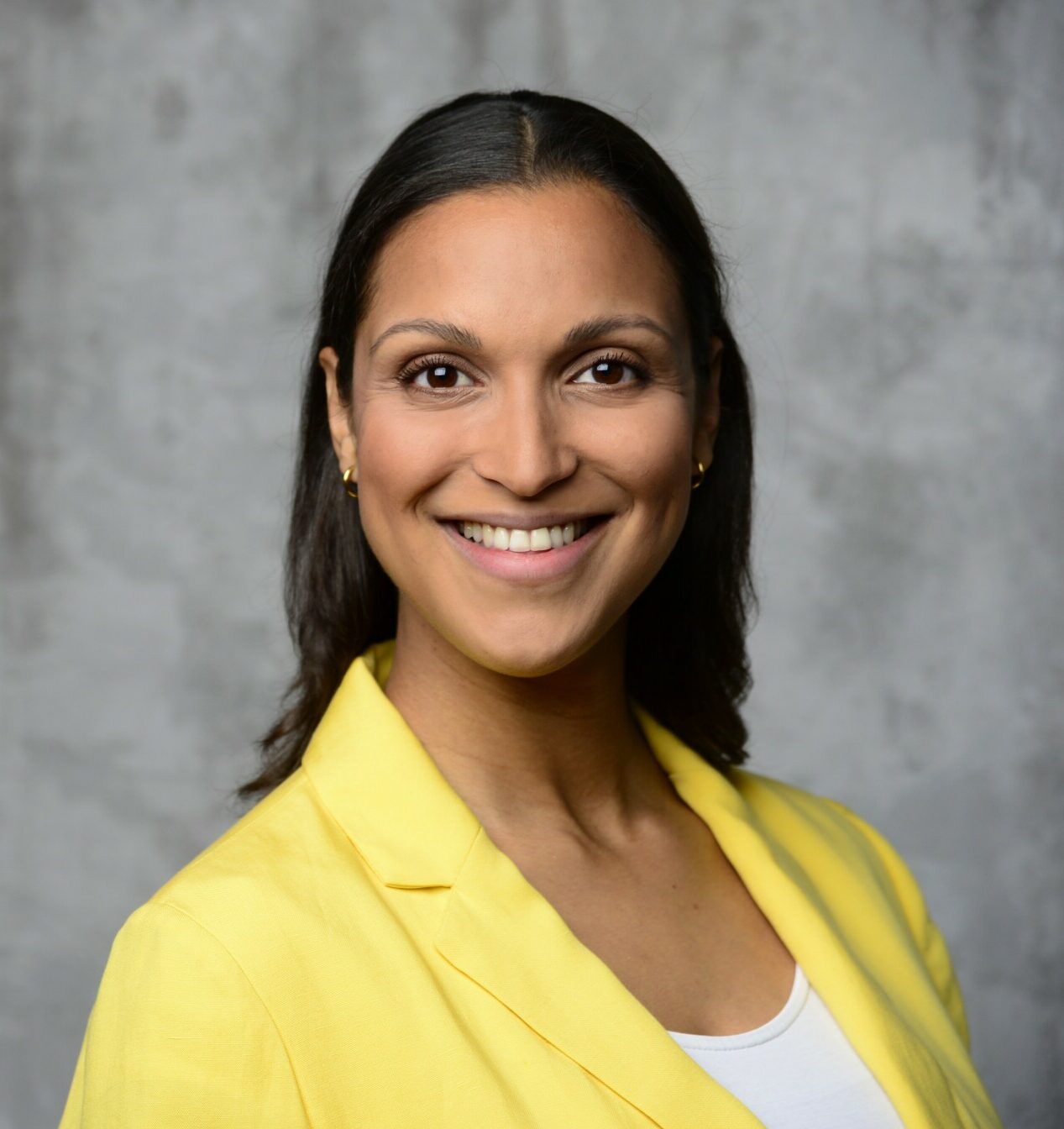Leisure Time Monitor 1998
Target group "New seniors": Growth areas in an aging society
Germany in the 21st century: More old than young. The German population is aging, life expectancy is rising, and the proportion of young people is declining. Does this mean growth markets are dying out? Quite the contrary. Without the older generation, garden centers and DIY stores would have to close, doctors, pharmacists, and healthcare services would fear for their survival, newspaper publishers, concert halls, and theaters would lose their most important subscribers, empty church buildings would be at risk of being demolished, and clubs and associations would have no future because most honorary positions would remain vacant. This is one of the findings of the latest representative survey conducted by the Leisure Research Institute of British American Tobacco, in which 3,000 people aged 14 and over are interviewed annually about their lifestyles, leisure activities, and consumption habits.
The new data report "Leisure Activities 1998," published today, compares for the first time the everyday activities of the 50- to 74-year-old generation with those of the 14- to 49-year-old demographic, a group particularly sought after by businesses. "Many prejudices against the supposed 'denture-wearing' generation need to be revised," says Institute Director Prof. Dr. Horst W. Opaschowski. "Because with advancing age, expectations for quality of life also rise. A new revolution in expectations, not a new modesty, is on the horizon.""
For example, 83 percent of 50- to 74-year-olds are regular newspaper and magazine readers. The proportion of readers aged 14 to 49 is significantly lower (661%). Older people are also somewhat more represented in television (+3 percentage points) and radio (+3). This presents a future opportunity for consumer electronics, particularly for sales of new televisions and video recorders.
The cultural sector faces a secure future: opera, concerts, and theater (+2), as well as museum and art exhibitions (+1), remain stable growth areas in an aging society. Growth opportunities are also emerging for the personal care and cosmetics industry. This is because "taking care of oneself in peace" (+5) is among the most important everyday activities of the older generation, who want to look young despite their advancing age.
The target group "New Seniors" can be both attractive and profitable for businesses and advertisers. They are not simply a budget version of the youth market, but something entirely different, a distinct world of expectations and experiences. Professor Opaschowski: "New Seniors don't want inline skates with training wheels, but rather meaningful and readily available services and support around the clock. They want to improve their personal quality of life, not just increase their material standard of living.""
New seniors: The true post-materialists
A quarter of a century ago, the American social scientist Ronald Inglehart predicted a silent revolution in Western industrialized societies: a shift in values from material goals to non-material needs. He predicted that younger people, especially those up to the age of 39, would be less inclined towards materialistic values. Those "post-materialists" of that era have since grown older and are now mostly over 50. They enjoy relatively high levels of education and income. A good life, inner peace, security, and social needs are central to their priorities.
It is therefore not surprising that the 50-plus generation currently sets the tone in political parties, unions, churches, and associations, and demonstrates more voluntary commitment (7%) than the younger generation up to age 49 (5%). The advertising industry needs to rethink its approach: quality of life – from cultural offerings to wellness vacations and social volunteering – has largely been a blind spot. Quality of life has been too hastily and superficially confused with standard of living, and enjoyment of life has simply been equated with consumerism.
Anyone wanting to participate in the projected €350 billion market of "new seniors" in the future must adapt to their needs and provide a dual service: securing their acquired standard of living (e.g., through savings, insurance, stocks, or real estate) and simultaneously helping to improve their personal quality of life within their own four walls (e.g., through renovation or modernization) or in their neighborhood (e.g., through cultural offerings and health services). The older generation can be won over not with glitz and glamour, but with atmosphere and ambiance. Opaschowski: "What fitness, sun, and fun are for younger people, meaning, vitality, and joie de vivre are for older people." The meaning factor is just as important to older people as the fun factor is to younger people. In the next four decades, the number of people over 60 in Germany will double. This could then lead to a doubling of the "future market of new seniors.".
See also directory of all publications



